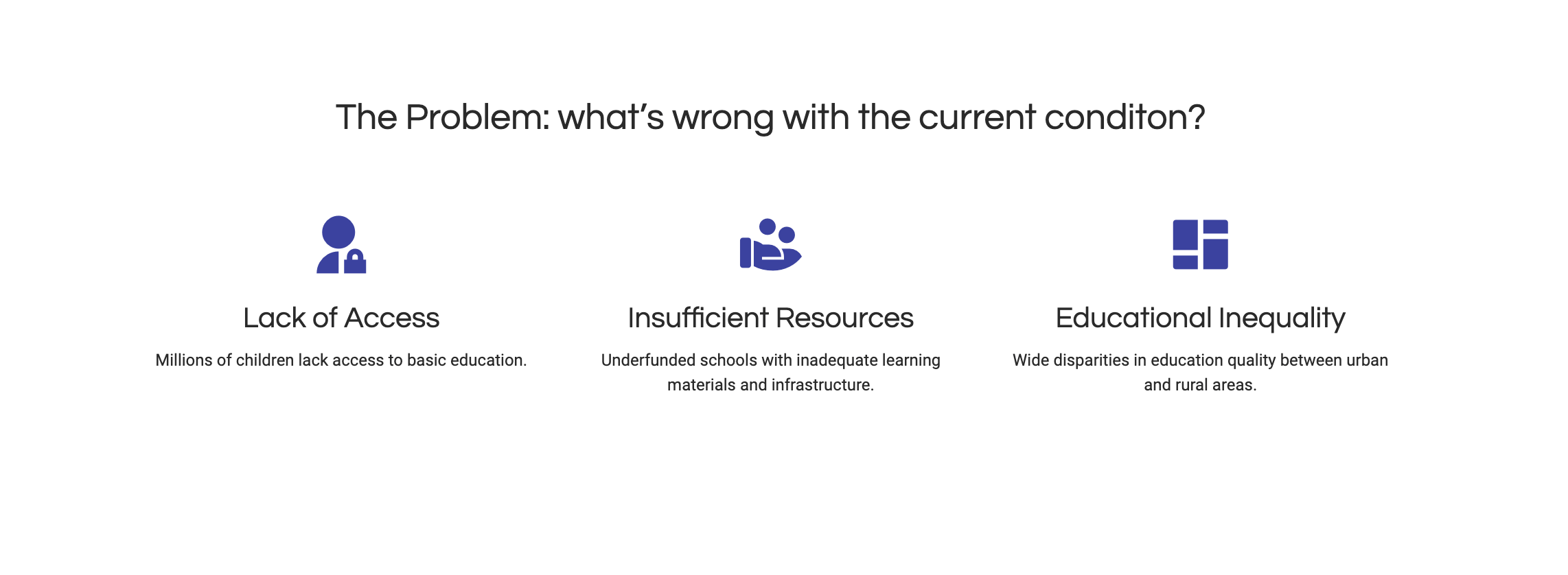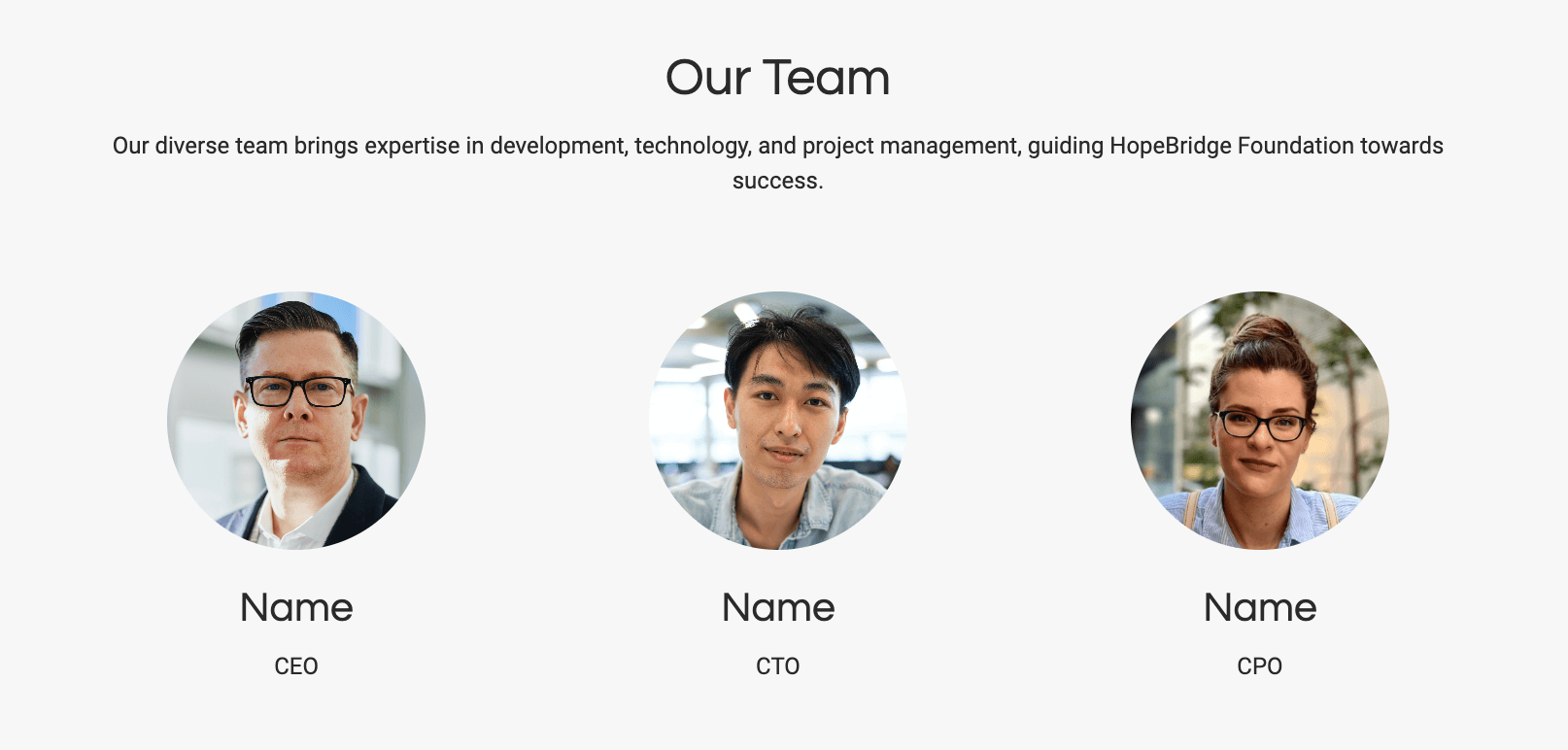How to Make a Nonprofit Pitch Deck for Donors (+Examples)
Learn how to make a pitch deck for a nonprofit to win over donors. See effective nonprofit pitch deck examples to get inspiration for your NGO pitch deck.


Learn how to make a pitch deck for a nonprofit to win over donors. See effective nonprofit pitch deck examples to get inspiration for your NGO pitch deck.
Short answer
Introduction
Mission and vision
The problem
The solution
Impact evidence
Ongoing projects
Team
The ask + How you can help
Future goals
Next steps slide (Call to Action).
Read on to get the full details ⤵
“In 2025, Chicago faces a heartbreaking crisis with over 5,000 homeless children lacking access to stable housing, consistent education, and basic healthcare.”
Mission: At HeartHome, we’re dedicated to transforming the lives of homeless children in Chicago by providing a safe, nurturing environment that promotes their health, education, and personal growth.
Vision: Imagine a future where every homeless child in Chicago has a stable environment and the support they need to thrive and reach their full potential.
"In Chicago, our support systems are really being pushed to their limits, leaving more than 5,000 homeless children without the shelter, education, or healthcare they desperately need. Our systems are overwhelmed and can't meet the growing needs."
“HeartHome tackles the crisis by providing safe living spaces for homeless children, complete with access to education and healthcare. Beyond meeting basic needs, HeartHome includes counseling and life skills training to prepare children for independent futures.”
“Since starting, HeartHome has provided over 300 children with stable housing, enrolled 250 in educational programs, and ensured all receive routine health checks.”
HeartHome is seeking $300,000 to expand our impact and enhance our services for homeless children.
Here's how the funds will be allocated:
$150,000 to refurbish and equip a new facility to house more children.
$75,000 to develop and expand our educational and life-skills programs.
$75,000 to enhance healthcare services and access for kids.
This funding will enable us to extend our reach and support many more kids in need, giving them the crucial tools they need for a brighter future.
Stop losing opportunities to ineffective presentations.
Your new amazing deck is one click away!















